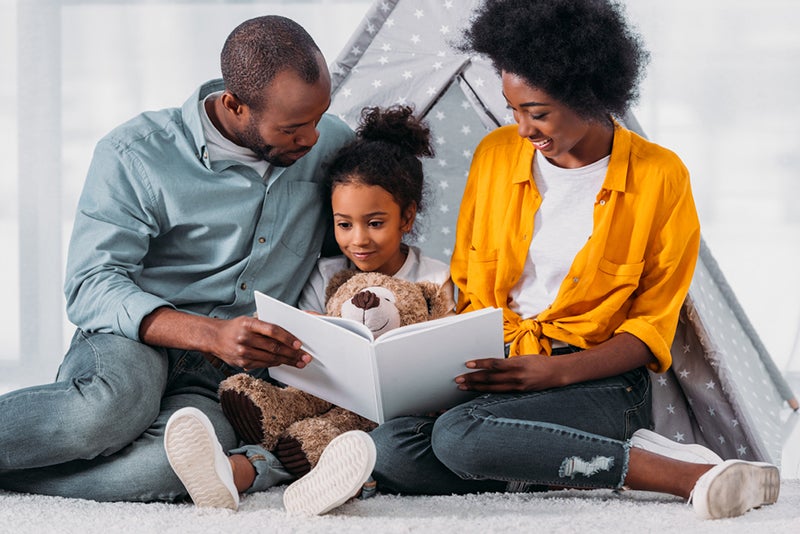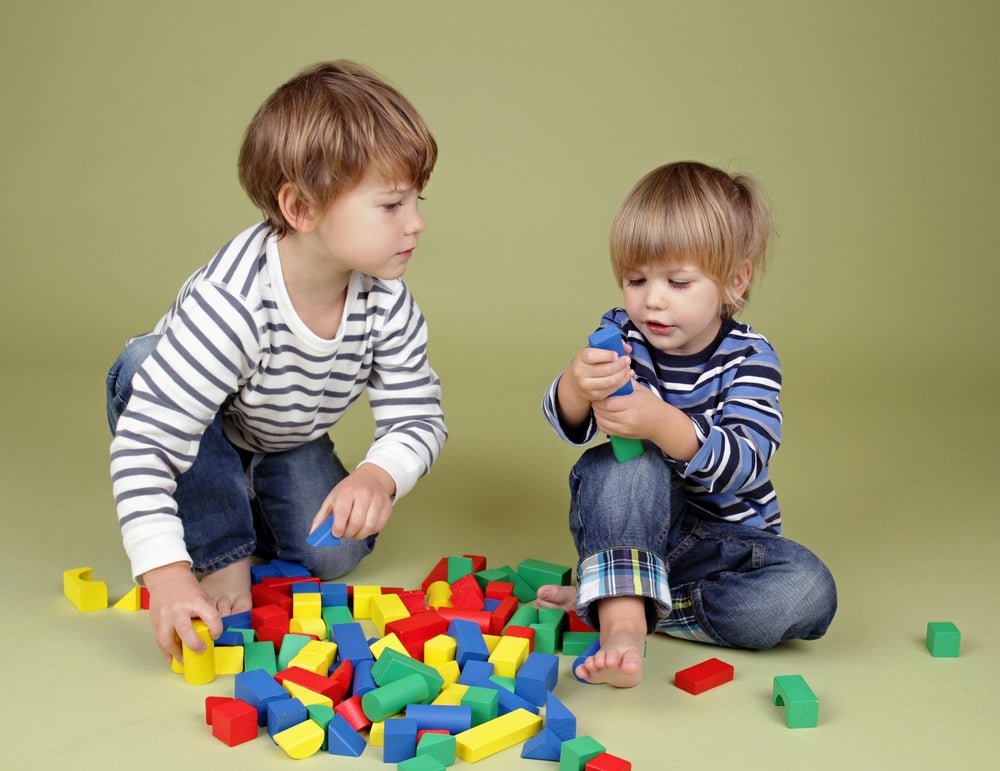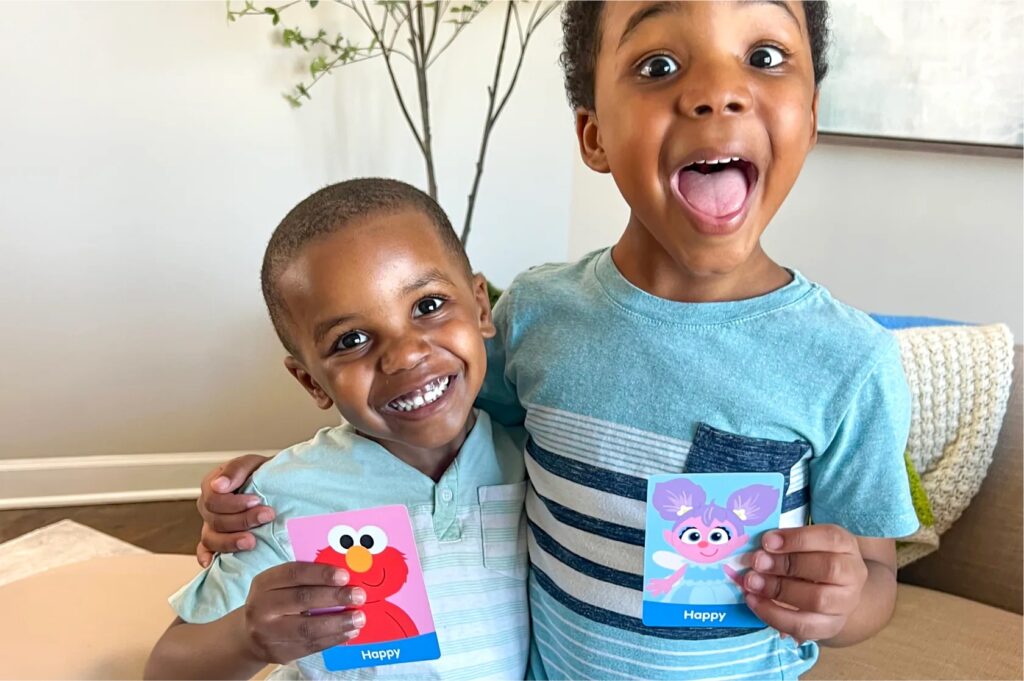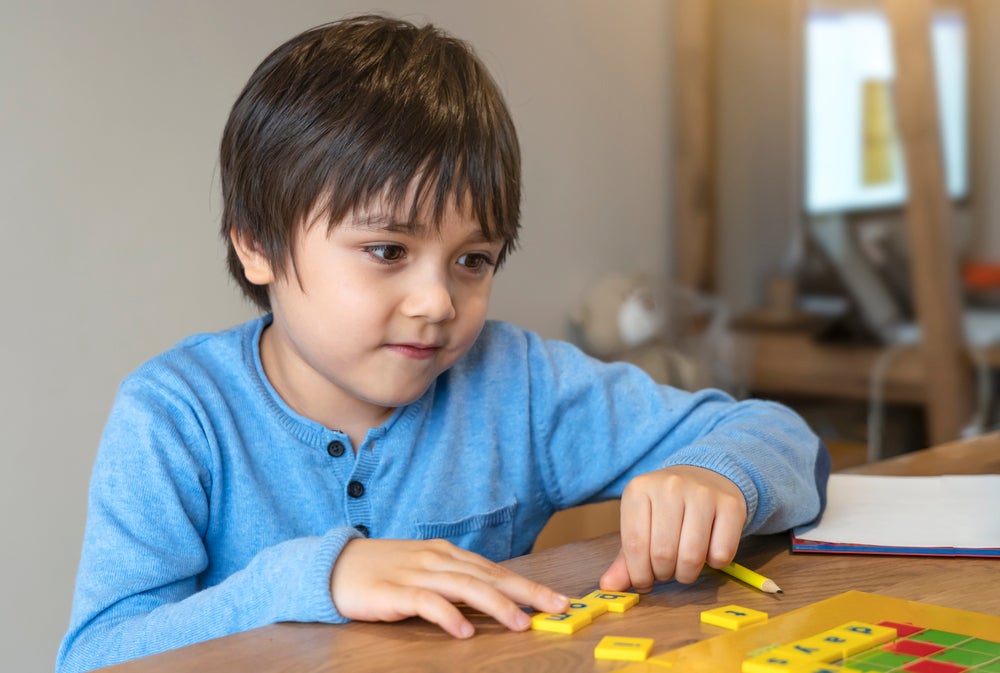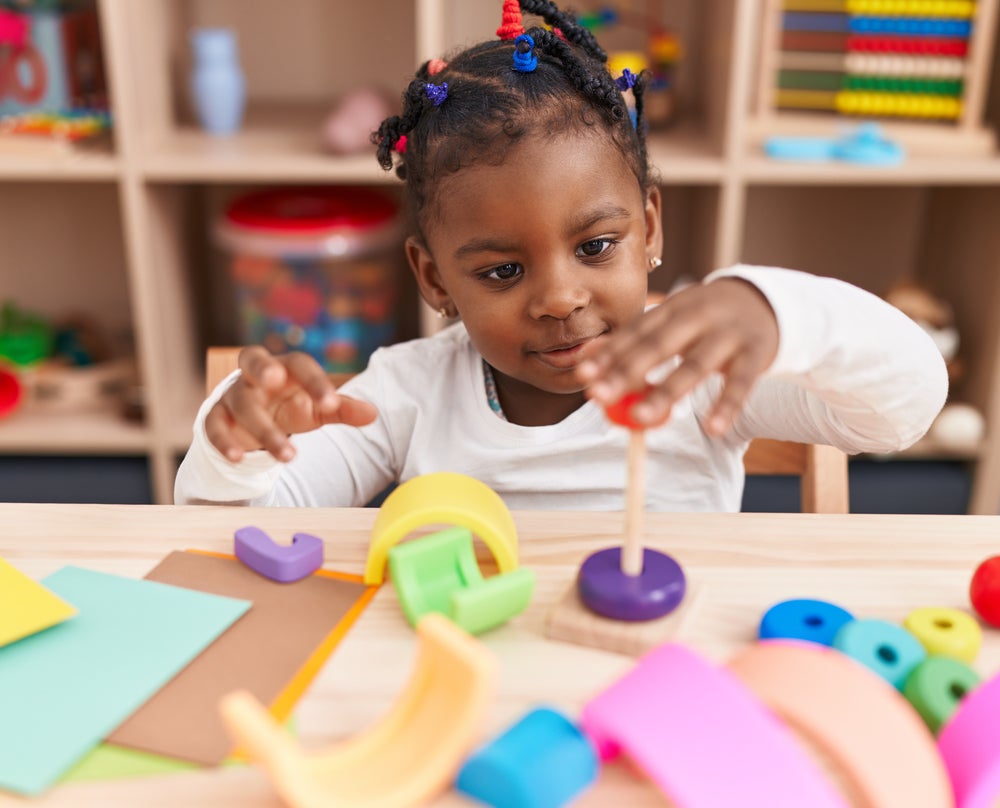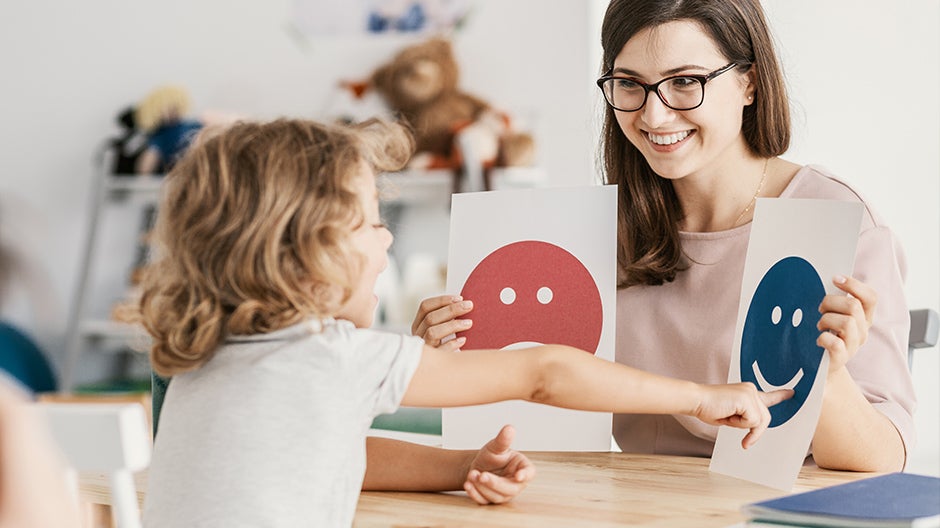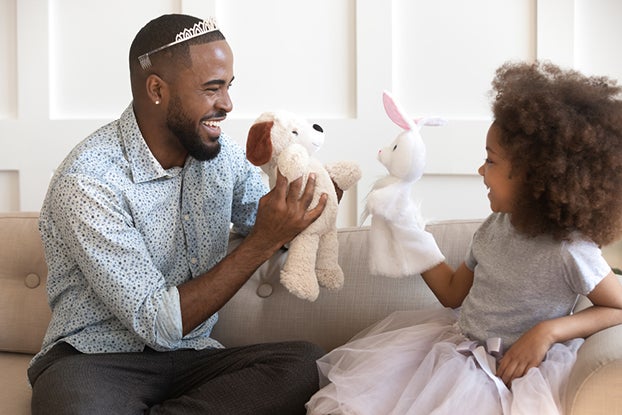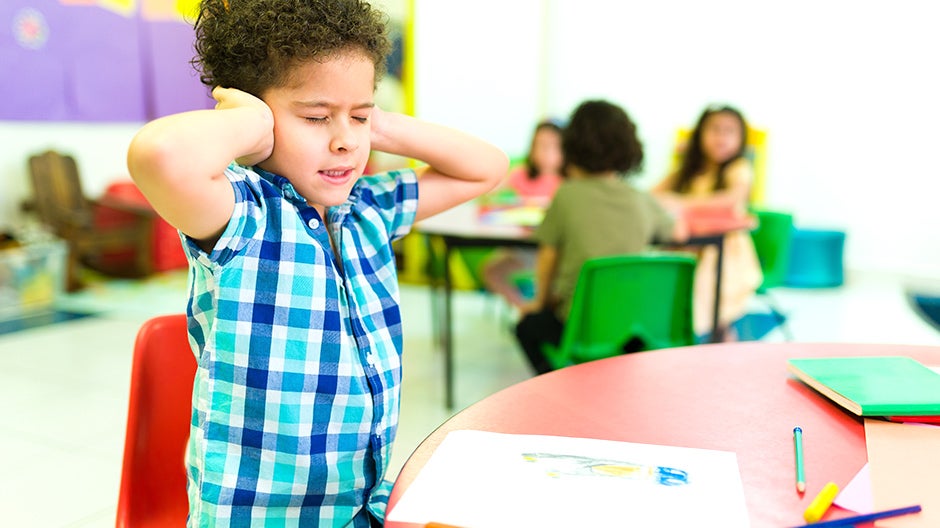As a parent, you may have heard the term “sight words” but might not really know what it means. We read sight words every day without thinking about it. They are words like “the,” “he,” and “where,” for example, that are very common but not easy to sound out.
Learning sight words can boost your child’s reading skills and confidence. Core Skills (like reading, math, sequencing, and shape recognition) are part of the 5 C’s that help kids thrive in school and life. When you give your little one the resources they need to recognize sight words, they’ll be on the path to mastering — and enjoying — their reading journey!
The Short Cut
- Sight words like “the, was, are, of” aren’t easy to sound out or decode, so we memorize them
- Learning sight words can boost your child’s reading Core Skills and confidence
- Your child might be ready for sight words if they show an interest in books, recognizing letters, and reading in general
- Build confidence by starting with one word a week—you’ll start to see what pace they’re comfortable with
In this article, we’ll talk about what sight words are and share some fun ways to use them to help kids learn to read.
What Are Sight Words?
As we mentioned, sight words aren’t easy to sound out or decode, so we memorize them (or, in other words, recognize them by sight).
Once your child learns sight words, they won’t need to spend a lot of time trying to decipher these high-frequency words. This helps them improve their reading fluency and makes reading more fun.
After all, being able to quickly recognize sight words is one of the first steps to a lifetime of reading adventures!
Here are some examples of the simplest and most essential sight words:
- The
- Was
- Are
- Of
- To
- On
- Have
- What
- Said
As kids develop their reading skills, the list of words they recognize by sight will grow well beyond the one above. But giving them these words to start with can help boost their confidence and encourage them to learn more.
When Should Kids Learn Sight Words?
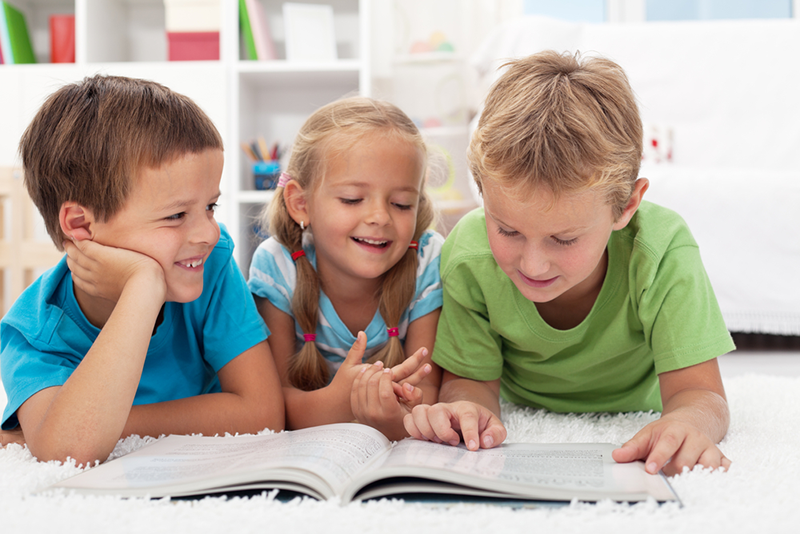
Most children — not all! — begin to master a few sight words (like is, it, my, me, and no) by the time they’re in Pre-K, around 4 years old. Then, during kindergarten, children are introduced to anywhere from 20 to 50 sight words, adding to that number each year.
However, it’s important to mention that while some kids are ready for sight words before they turn four, others may not be ready until they’re five or older.
How can you tell if your child is ready to start memorizing sight words? Here are a few easy signs to watch for in your little one. They:
- Show an interest in books
- Recognize some or all letters
- Can hear the sounds in words (such as knowing when words rhyme)
- Express an eagerness to learn how to read
If your child isn’t quite there yet, that’s OK! Give the process — and your little one — time and grace. And remember that every child learns in their own way and in their own timing.
If you get started but your child seems a bit discouraged, consider trying some simple yet fun approaches to introducing sight words. Playing sight word hopscotch, memory games, and similar activities are great ways to engage different learning styles.
Finally, if your little one still seems to be struggling, that’s OK, too! Their teacher can be a great resource for ideas on how to tackle these special words.
Age-Appropriate Sight Words

Some sight words are more difficult than others, meaning different levels of sight words are appropriate for different ages.
To help you keep them straight more easily, there are two common lists that break down which words are best to introduce at which age: The Dolch Word List (also called The Dolch 220) and The Fry Word List.
We recommend starting with The Dolch 220. Made up of the most commonly used words in the English language, this list is ideal for helping your 4- to 8-year-old develop a love for reading!
The Dolch Sight Words List
Edward William Dolch was a professor who wrote several children’s books with his wife. In the 1930s, he researched and discovered the 220 words that were most frequently used in the English language.
These words were given the title “Sight Words” and the list was born. Later, he compiled a list of the 95 most common nouns in English, bringing the number of sight words in his list to 315.
To make it easy to choose which words to introduce based on a child’s age, the Dolch high-frequency word list is broken up into five groups: Pre-K (Pre-Primer), Kindergarten (Primer), First Grade, Second Grade, and Third Grade.
You can choose which group to start introducing to your child based on their grade level, or you can work with whichever one you feel they’re ready for. There are many ways to begin your child’s reading adventure!
For example, if your child is a kindergartener, according to the Dolch list, they might be ready to start learning some of these words:
- All
- Ride
- Saw
- There
- Four
- He
- Our
The Dolch Sight Words are often used in schools, so your child’s teacher will most likely provide a list of sight words to help you get started.
But if your child isn’t yet in school or you’re unsure where to start, the HOMER Learning Quiz is a great way to help identify your child’s reading stage. From there, investigate our games and practice menus in our HOMER app for sight word games and activities for your child.
Fun and Easy Tips for Using Sight Words
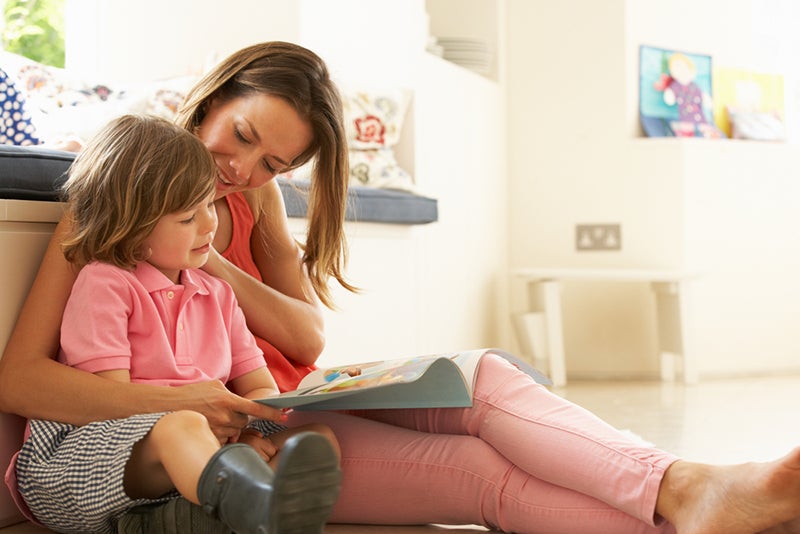
Now that you know what sight words are and why they’re important, let’s dive into some specific tips to help you teach your child to read these words.
1. Ease Into the Adventure
Our first tip is to start slow. When introducing sight words, begin with three to five words and build from there. If your child seems a bit overwhelmed, you can always take it at their pace and reduce the number of words.
The goal is to help them learn a handful of sight words at a time. Start with a few words and, once your child can recognize these words on sight, try adding more!
For example, if they have a list of five words and have mastered three of them, try including three new ones so they’re still working on no more than five at a time.
2. Involve the Senses
Next, get as many of their senses involved as you can!
Giving your child the opportunity for fun, hands-on learning helps them connect their brain and body, which can reinforce what the word sounds and looks like.
When you introduce a word, write it on a bright note card and put it in a place where they can see it throughout the day. That way, when you pass by the word with your child, you can point it out to them.
Say the word often in your everyday conversations so they can hear it out loud, and have them write the word in sand or flour using their fingers so they can touch it.
You can also use shaving cream to make involving their sense of touch even more fun! To try this activity, simply spread some shaving cream thinly over a cookie tray and let your child write the word in it.
By letting your child interact with each word in various ways, you’ll help cement it into their brain. So break out the playdough and challenge them to build each letter and put them in order. Or pour some salt into a baking pan for them to write in.
Have your child try to spell the word aloud while hopping on one foot. Then, see if they can spell it with their eyes closed.
Change things up and keep the activities light and fun to help your child master the words!
3. Try Silly Spelling

Humor can help kids remember things in a different way. So don’t be afraid to get your child giggling as you practice.
For this activity, say each word once, spell it, and then say it again. Then, have your child repeat what you just said back to you while looking at the word.
To make sure your child is connecting the sound of the word with the written word, give them a notecard to look at while the two of you spell and repeat the word.
To amp up the fun, get creative and use silly voices each time, encouraging your child to copy you. They will love having some fun, and you’ll love helping them learn sight words while going about your busy day.
4. Play a Word-Find Game
Finally, another great way to help your child become familiar with their sight words is by making a game of finding the words in a book.
To do this activity, choose one word to write on a card and let your child study it a bit. Once they’ve looked at it a while, challenge them to find it in a book. You may even have them find the same word five times in one book to see how useful sight words are.
This is an easy, fun, and effective way to help your child with sight words while going about your day because you can send them on a word hunt while you’re checking things off your to-do list!
Another way to incorporate this new word-finding skill into your day is to pause while you’re reading aloud whenever you come across a sight word that your child knows. Then, have them look at the word and read what it says.
This process helps them see what the word looks like in context. It also encourages young readers to listen and follow the story, which is an essential literacy skill.
Tip: Avoid doing this too often or it may turn what should be a fun read-aloud time into a chore for your child.
5. Sight Word Slap
Sight word games reinforce words. They encourage your child to practice what they’ve been learning in a way that doesn’t feel like work.
Here’s another fun game you can play. You’ll need a fly swatter, a marker, and a stack of index cards.
Before you play, write a single sight word on each card. Make sure to pick the ones your child is currently working on or has already mastered. This slapping game can be a fun way to review words your child already knows.
Spread the sight word cards out around the room, word side up. Then, call out one of the words. Have your child look for the card with that word on it. Once they find it, they hit it with the flyswatter, bring you the card, and read the word aloud.
If they misread a word, put it back out into the room and try it again later in the game. If they get it right, put the card in a stack.
Repeat this process until your child has successfully read all of the words.
6. Building Sight Words
If your child enjoys playing with building blocks, such as LEGOs or MEGA Bloks, they’ll enjoy this game.
Before you begin, gather a dry-erase marker, baby wipes to use as an eraser, and a stack of blocks. You’ll also need a list of sight words.
Pro tip: While we’ve had good luck getting the marker off of MEGA Bloks with a baby wipe, you might want to test yours to ensure you have the same results. If not, you’ll probably want to skip this game. You could also use washable markers or put a piece of painter’s tape on each block and write on that instead.
Once you’ve tested, write a single letter on one side of each block with the dry-erase marker. Make sure you have enough of each letter to make the words on your list. You’ll likely need more than one of some letters.
When your blocks are ready, call your child over. Ask them to identify the letters on each block. This step is a quick way to practice letter identification and ensure that they can clearly see the letters.
To play, ask your child to spell one of the sight words from your list by using the letter blocks. Have them set the blocks side-by-side to spell the word. For example, if they’re trying to spell “away,” they’d need two “A” blocks, a “W,” and a “Y.”
Once they spell the word correctly, ask them to read it. Then, spread the blocks back out to use in the next round.
When you’ve practiced all of the words on your list, have your child help you erase the letters with the wipes.
7. Make Your Own Books
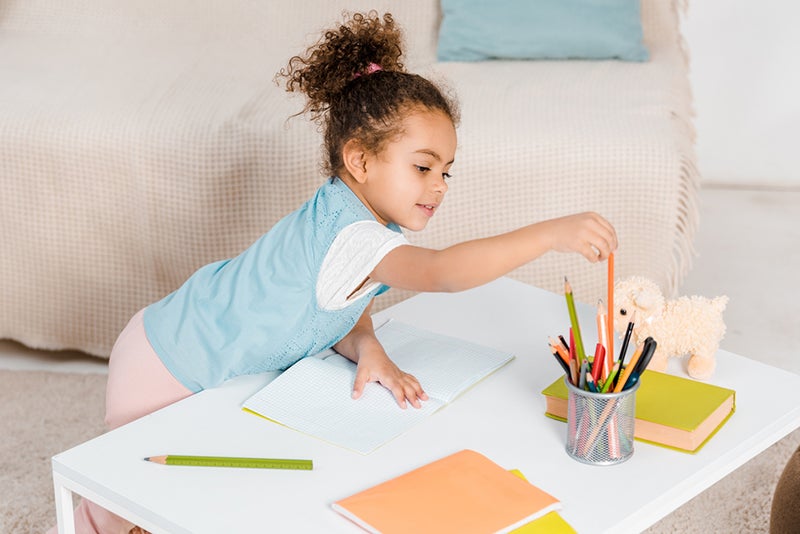
While the reading games above can help your child memorize sight words, they’re often reading the words out of context. This can make it challenging for your child to remember them when they see the sight words surrounded by other words in a sentence or on the page.
To help your child learn to read sight words in context, make little books together! This activity allows you to customize the words your child practices. For example, you can include their name, names of family members, and various other words they can read.
Enlist your young reader to help with the writing process. Start by talking about all of the words they can read now and asking them to brainstorm some sentences that combine those words.
Be their scribe and write each sentence on a separate piece of paper. After you’ve written the words, ask your child to illustrate the sentence. Remind them that pictures can add clues to help them read if they get stuck, so the illustrations should match the text.
Encourage your writer to keep thinking of sentences. When you have a few pages done, staple them together to make a book. Then, have your child read the book to you. After they practice a few times, have them share their project with someone else.
If you’re having trouble figuring out what to write, here are a few simple sentences that use sight words. They should give you a starting point!
- I see the big red ball.
- Do you like my new dress?
- He is funny.
- We looked at a dog.
- Can you play at my house?
- Mom is cooking dinner.
- Dad is reading a book.
At first, don’t worry about the story making sense. Remember that the goal here is to practice reading sight words. So if the pages don’t flow together to create a complete story, that’s OK!
What to Do If Your Child Is Struggling
Sometimes, no matter how hard you try to help your child learn sight words, they still have trouble reading the words. If this is the case, don’t worry! Just take a step back and reevaluate your approach.
Here are a few things you can try.
Change Your Routine
Reading practice can sometimes start to feel dull or mundane. If your child usually does well but is having a hard time lately, try switching things up a bit.
For example, if you usually practice sight words after lunch, try doing it first thing in the morning. Or if you typically sit down at the kitchen table to work on them, try standing up or doing a movement-centered game instead.
These simple changes might not seem important, but they can make a big difference to your child.
Re-Evaluate Your Child’s Readiness

Even if you think your child is old enough to read certain words, they might not be developmentally prepared. Review the list at the beginning of this post to see if your child is ready.
If they aren’t, work on phonemic awareness activities for a bit. Then, come back to sight words after their reading skills are a little more developed.
Use Different Words
Children go through different stages of reading development. Early readers often use the first and last letters of the word to provide clues. Then, they’ll try to guess based on that information. For example, if they see the word “dog,” they might read “dig,” ignoring the vowel in the middle.
As your child develops a better understanding of letters and sounds, they’ll apply that knowledge to their reading. Until then, it’s best to make sure the words you’re practicing don’t all look alike.
So if you’re working on the word “on,” don’t also practice “no.” These two words share the same letters and can confuse young readers.
Again, as your child develops reading skills, they’ll be able to tackle similar words better. But, for now, try to work on dissimilar ones.
Slow It Down
As mentioned above, you can’t be in a hurry when introducing sight words. But for some kids, two or three words a week can be too many. Try slowing down even more if the words don’t seem to stick in your child’s memory.
Pick one word to practice each week. Then, add a different one the next week. Often, simply changing the pace can be enough to help your child begin to master the words and gain confidence as a reader.
Use Tech
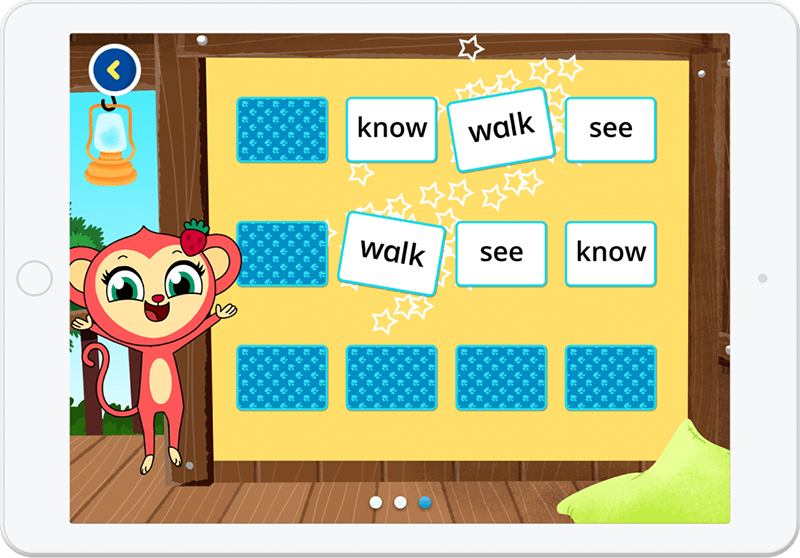
The HOMER app has several games to help children practice essential sight words. Letting your child play for a little bit each day can help move the needle when it comes to reading.
Ask for Help
If you’ve tried all of the above and your child is still having trouble, it might be time to seek out additional help.
A tutor or teacher can help assess your child’s skills and give you tailored advice on how to best help them. They might also be able to recommend some great resources to help your child learn to read sight words.
Sight Words and Reading
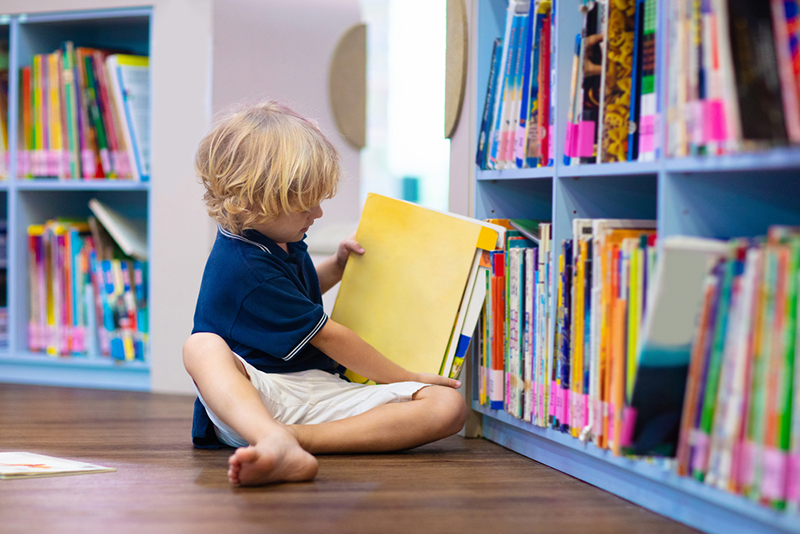
Sight words are a great foundation for learning to read. As your child adds more sight words to their reading vocabulary, they’ll start to read with more speed and ease and, as a result, will begin to feel more confident.
Think of every sight word as a building block. When you stack the blocks, a firm foundation is set. Your child can then build on this base, adding more words, more skills in sounding out words, and more fluency. And their love of reading will grow along with their skills!
A Lifetime of Reading

To sum up, sight words are common words recognized by sight rather than by sounding them out. You can start teaching sight words to your child as early as four years old, but the exact timing will depend on when your young learner is ready.
There are so many fun and simple ways to start working on sight words with your child at home. The sky’s the limit when it comes to how you can teach sight words to your beginning reader.
Learning sight words can feel like play if you change things up every so often. For more fun ideas on how to use sight words, take a look at 13 Highly Effective and Fun Sight Words Games to Help Your Kids Learn. Whether your child is just starting to learn their letters or is already recognizing some sight words, we can help make learning to read fun!
To encourage your child’s love of reading, our award-winning HOMER app uses their interests to curate stories just for them. We have over 200 animated and interactive stories and songs for them to choose from. They can read along or read on their own for an experience that’s both fun and educational!
Or, for a more comprehensive learning solution, check out our age- and stage-matched learning membership, which helps kids learn the right skills at the right time to reach the milestones that matter most.
